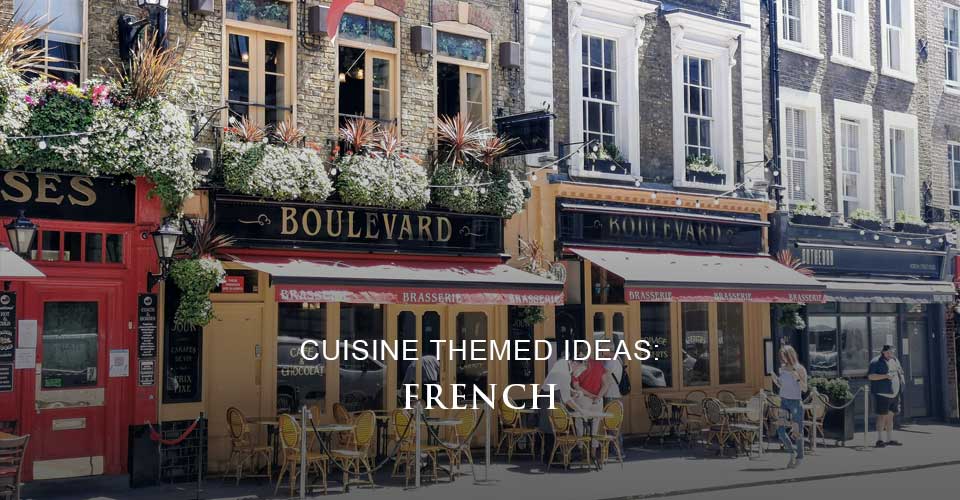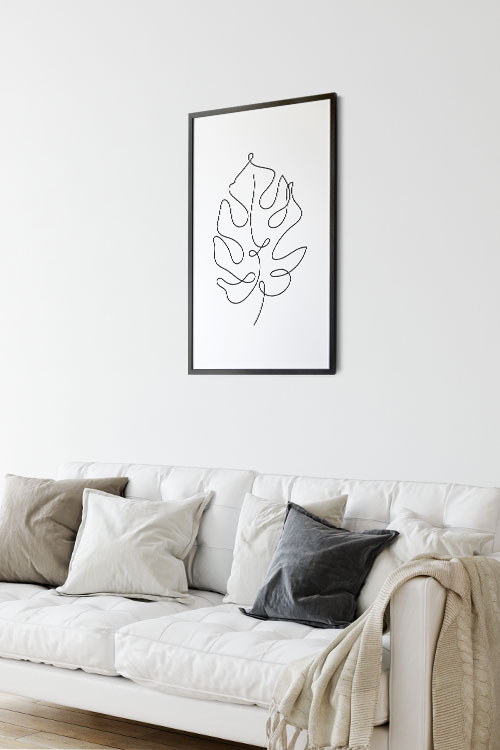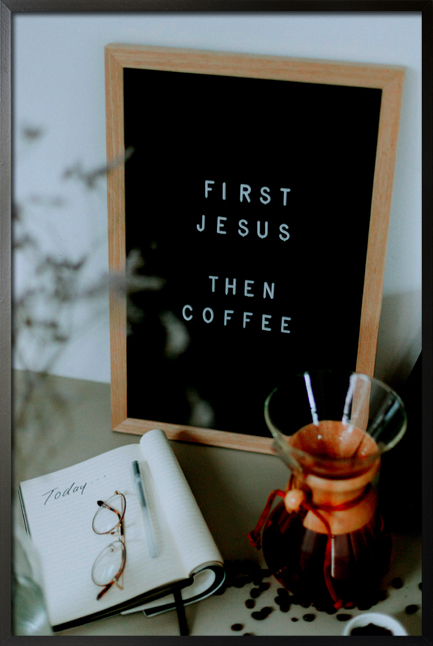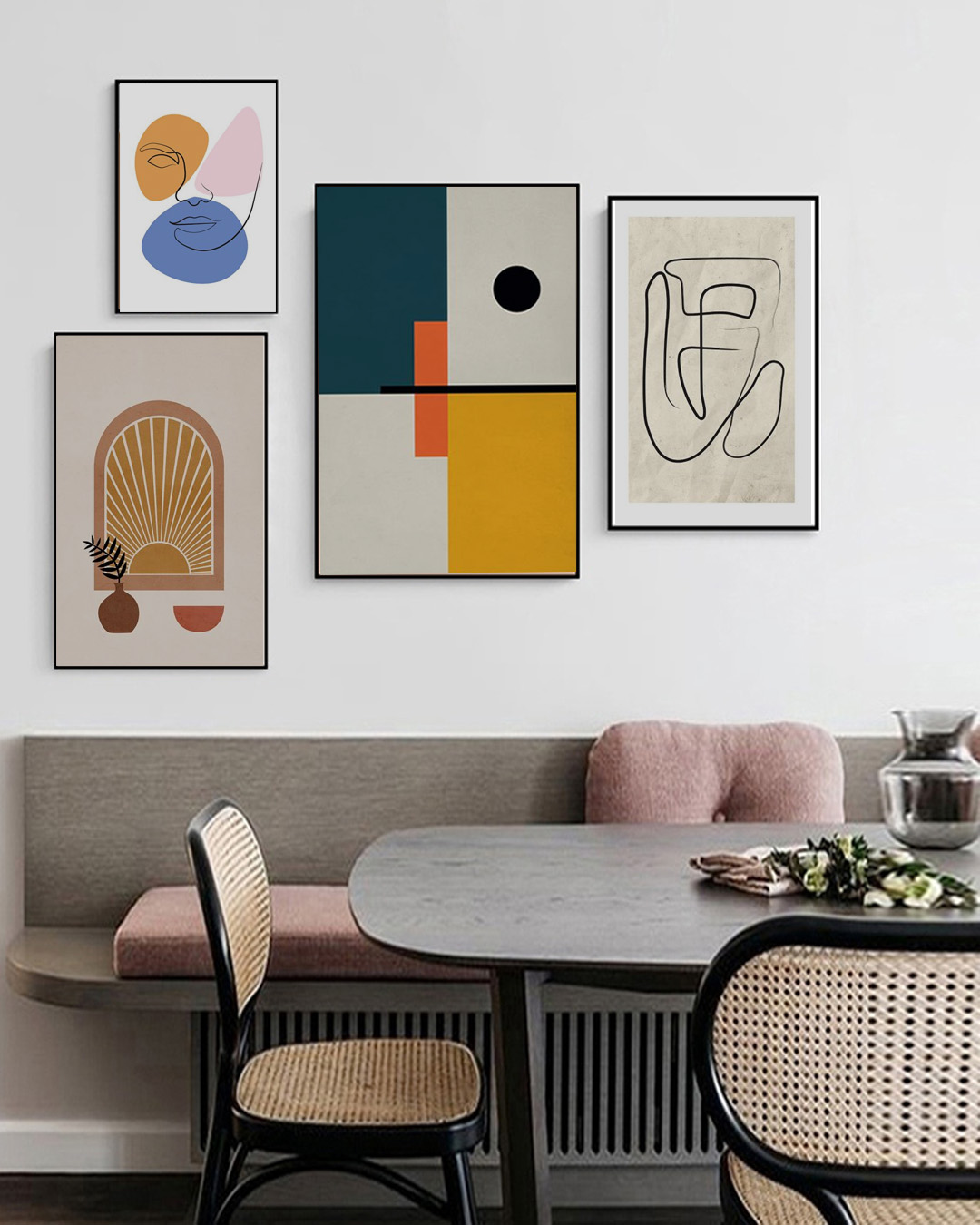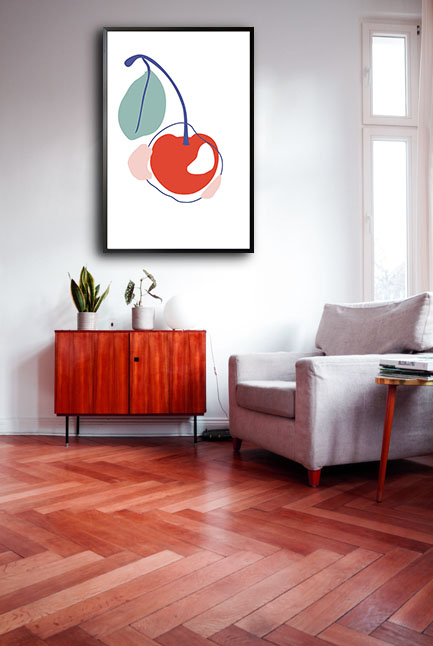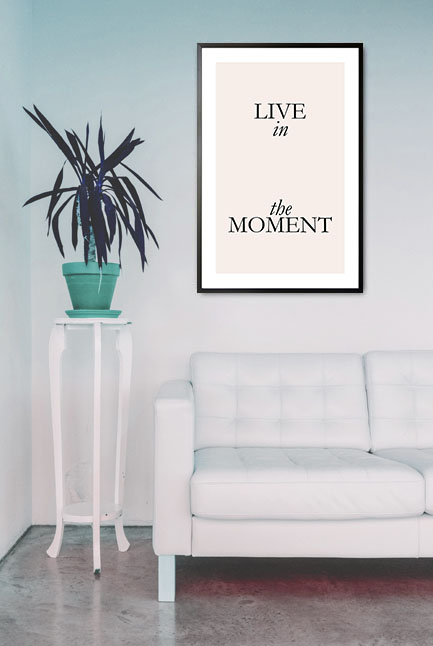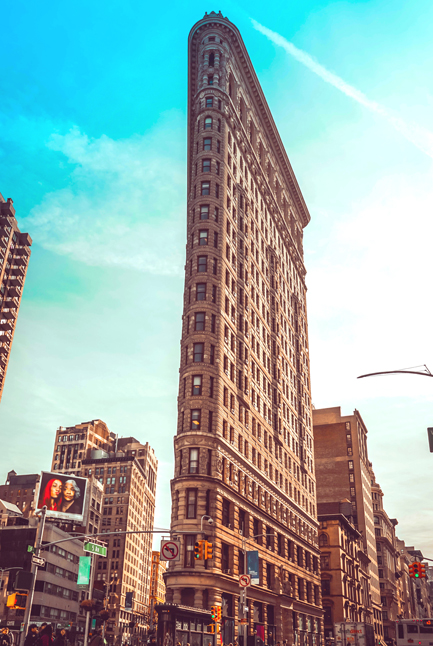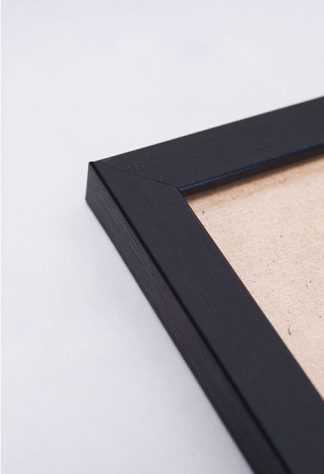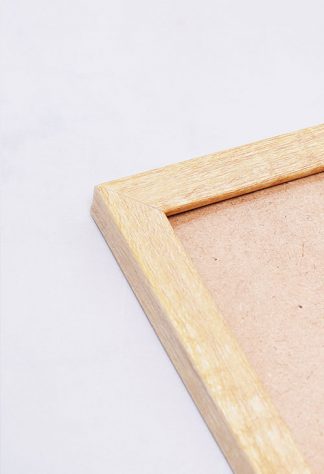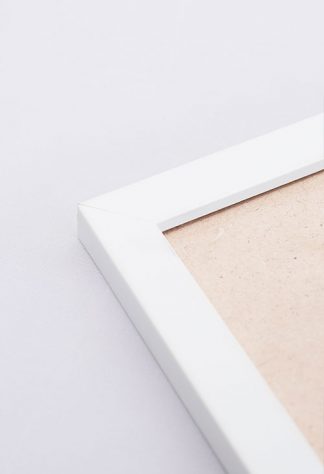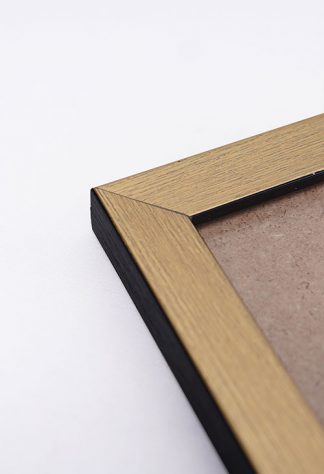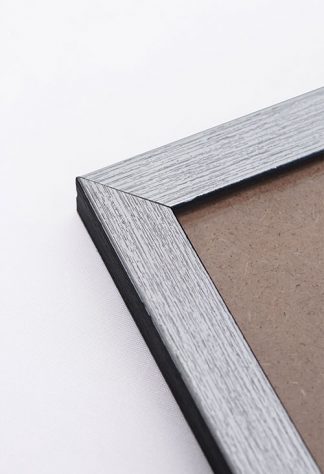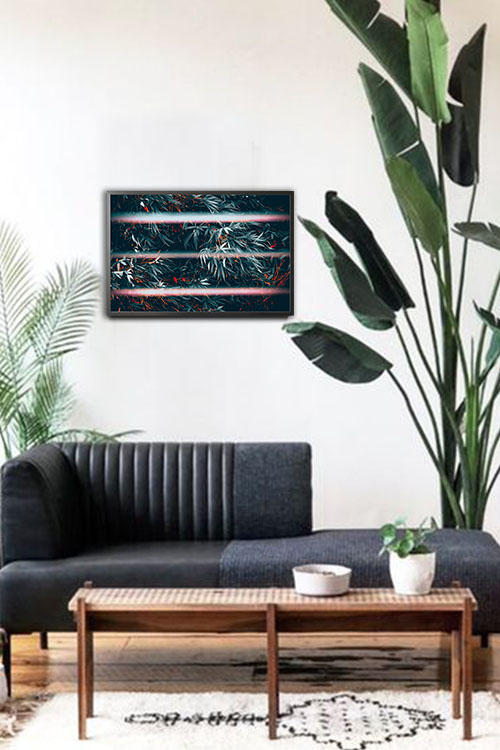
The Zen interior design style is one of the popular interior decorating styles. It evokes a calming and relaxing ambiance that is perfect in any home or space. Though little is known of the origins of the design style, many homeowners and designers prefer it in their homes. Various decorative elements have been created to help achieve the Zen design style. Posters were also designed as inspired by Zen. These prints feature plants, landscapes, and other earthy elements that will help in achieving the style in your homes.
What is Zen?
Experts believe that the Zen design style is inspired by Buddhist principles. The principles are focused primarily on loving-kindness, calmness, and meditative and open attitudes. Based on the Japanese term for meditation, Zazen, the key elements of the style feature minimalism with a focus on harmony and balance.
How to achieve Zen design style
Achieving the Zen interior design style may be challenging and four elements need to be considered to be successful with the decorating project. Creating interior design style is exciting especially when all the elements are added.
The first element is the flow of energy. This means that all the other obstacles such as clutter should be removed to allow the energy to flow freely within the room. Having an open space is important and can be compared to a smooth flow of clear water. As such the rooms dissolve easily with each other.
It is also of utmost importance to allow daylight to enter and artificial light that mimics the light from the sun. With these, the harmonious colors of the room will be revealed making the interior look more inviting and cozy. Think of adding colors that are close to the elements of nature such as bamboo green, stone gray, matte white, and other soft neutral colors. With the addition of poster art and fabric that have the said colors, you can easily get the job done correctly.
A simple mind is a clear mind. Creating a minimalist room interior can help you live a calm and restful life. Add storage areas to stock your belongings to avoid the accumulation of clutter. Hidden built-in cabinets, for instance, are perfect to store books, kitchenware, clothes, and others.
Lastly, the interior should also evoke versatility wherein every part of the room can be multifunctional to avoid it from being cramped and congested. One good example is a bed that can be transformed into a sofa during the daytime.
Zen-inspired posters
Think of the walls as a blank canvas to design your wall art. The display of posters is one of the easiest and fastest ways to achieve the Zen interior design style. Many poster prints feature elements of nature and have captured the essence of Zen principles. These prints, when properly arranged on the walls can give an ambiance that is relaxing and comfortable.
Posters that feature plants, mountains, and the sea are not only attractive. They also evoke a feeling of being at one with the surroundings. Displaying them in the living room can help in setting the mood, especially after coming from a stressful environment.
Yoga and other light exercise enthusiasts will surely have a great time while enjoying the view displayed on their walls. Not only that these prints evoke beauty, but they will also keep the mind and body calm for better health.
